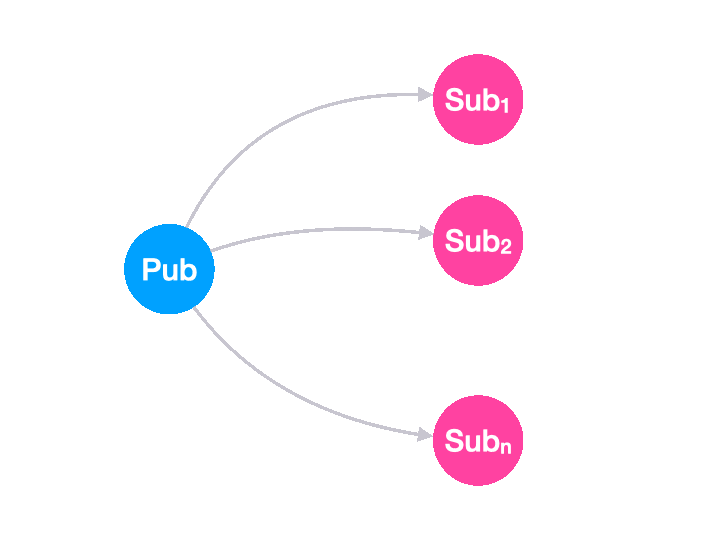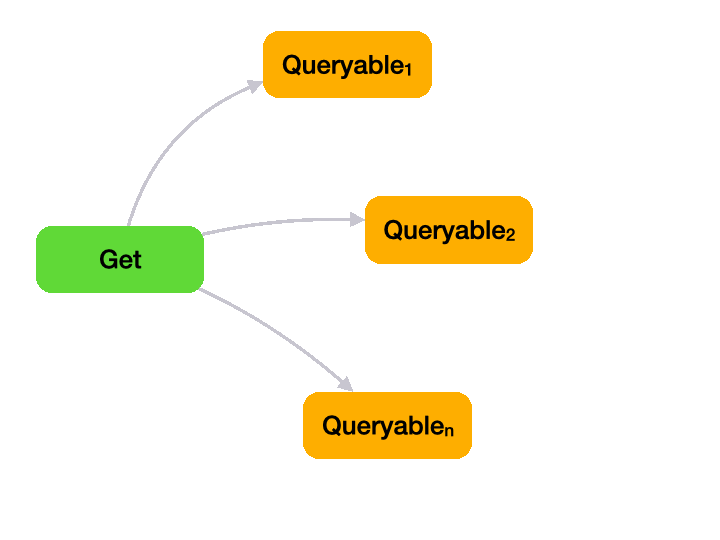Angelo Corsaro is the Chief Executive Officer (CEO) and Chief Technology Officer (CTO) at ZettaScale Technology, a spin-out from Adlink Technology, where he had been Chief Technology Officer, and which he established in 2022 with the aim of enabling every connected human and machine the unconstrained freedom to communicate.
Corsaro is working with a team of engineers that are looking to change the landscape of distributed computing, and he has been an active member and contributor to the Open Source community for over three decades. He’s been recognised as a leading expert in edge/fog computing as well as an expert in the area of high performance and large scale distributed systems.
In just two years ZettaScale has established a reputation in vehicle communications and has been described as one of the best tech start-ups in recent years. Its Zenoh protocol has been at the heart of that success and was developed to unify data in motion, data at rest and computations from the microcontroller to the data centre.
Zenoh was developed in response to the problems and constraints of existing protocols like DDS (Data Distribution Service).
Could you give me an introduction to ZettaScale Technology?
“ZettaScale is a relatively young company, backed by a team with a strong tenure in large scale and complex distributed systems. We created the company to address the gap that existed in distributed computing between existing technologies and the needs of systems spanning from the microcontroller up to the data centre – what some analysts refer as the cloud-to-device continuum.
“While this sounds fancy, in reality most of the systems we build today live in this continuum, with notable examples being robots, cars, and medical devices.”
What are the current issues, constraints and challenges associated with existing communication protocols and how are you looking to address them?
“Existing communication protocols impose several limitations. First, there isn’t a single protocol able to run efficiently on microcontrollers and constrained networks as well as deliver top performance on server grade networks and processors.
“Second, these protocols impose strong topological constraints. If we take MQTT as an example, it forces its users into a hub-and-spoke topology. At the opposite side of the spectrum the DDS protocol forces users into a flat peer-to-peer network.
“Each of these two extremes comes with strong scalability implications and architectural limitations. The hub-and-spoke architecture of MQTT is what leads to paradoxical situations whereby a broker sitting in a cloud thousands of kilometres from you has to mediate the communication between your mobile and the smart device sitting in your living room.
“Another issue of existing protocols is that they don’t consider that data at some point will have to be stored and to be able to scale, it is often highly desirable to keep this data decentralised. Not to mention distributed computations for which the support is limited if not inexistent.
How does the Zenoh solution improve communications and address the problems you have identified?
“The Zenoh protocol was invented to address these limitations. After years of R&D we have managed to derive a Pub/Sub/Query protocol that through a very small set of primitives allows us to deal with data with (1) data in motion (communication), (2) data at rest (storage) and (3) computations – without any constraints on the location and across the cloud-to-device continuum.


Above: These figures demonstrate the core abstraction and reflect logic flows that can be supported on arbitrary communication topologies
“The figures above try to give an intuition of the core abstraction and reflect logical flows that can be supported on arbitrary communication topologies.
“The protocol has two kinds of network endpoints, subscribers and queryables, though composing these two concepts we can represent pub/sub computations and storages.
“Pub/Sub is trivially supported by routing any relevant publications to subscribers. Distributed computations can be represented by queryables. A queryable for Zenoh is like an oracle on the network whose promise is to answer queries matching certain criteria. Depending on how queries are submitted in Zenoh, then computation patterns ranging from traditional RPC to map/reduce can be easily represented.
“Finally, existing databases can be integrated in Zenoh by exposing them on the network as a subscriber and queryable pair.”
How can this improved communications support the better use of data, for example, when it comes to medical data?
“Zenoh improves communication in several dimensions. First it unifies communication across all kinds of target hardware and networks eliminating the need to bridge and integrate heterogeneous protocols – as you can see in Figure 2 it can run as low as data link, making it easy to communicate at the same time across serial links, traditional ethernet, etc.
“This helps in streamlining the architecture, reducing the complexity of the software and making it trivial to access any kind of data from anywhere on the network – assuming one has the rights to do so.
“Zenoh has also been consistently reported to deliver higher performance of competing protocols as well as reducing discovery data to over 90% when compared to protocols such as DDS.
“Beside the benefits implied by the answer to the previous questions, there are a few more points worth considering. Usability and learning curve, based on our customer experience we notice that they can very quickly ramp up to become proficient. Security is another important aspect, our protocol is entirely implemented in Rust, this eliminates by construction 70% of the potential security attacks.
What do you believe makes Zenoh unique? Is it its performance, energy saving capabilities, or how it can help to address issues around sustainability?
“It is a combination of all these factors, some of which are improvements on existing technologies other that are disruptive with respect to anything else that existed before.
“Zenoh’s ability to unify communication, computation and storage is unique and disruptive with respect to anything that existed before. This is Zenoh’s biggest innovation and what usually takes some time for newcomers to fully appreciate – when they do it is a complete game changer.
“The other big differentiator is that Zenoh does remove essentially all constraints posed by previous technologies, whether by supporting arbitrary technologies, or by being extremely performant, or by its extreme wire efficiency – only a handful of bytes wire overhead.
“With respect to sustainability, Zenoh is optimal with computational, communication and routing efficiency. Thus, it helps reduce the energy burned by communication – which is the lion share when compared to computation – because of its wire-efficiency and its ability to always communicate in the most direct manner.”

Above: Zenoh can unify communications across networks
Security when it comes to medical data is always an issue, so how secure is Zenoh?
“Rust was our choice, and we made that decision well before that programming language had become so popular. That choice was made because of security. Additionally, we do support authentication, access control and encryption as part of the protocol.
“We are working hard to get into the medical sector as it is one in which there are real opportunities for innovation whether that’s managing personal or clinical data.”
Why have you decided to make all ZettaScale’s solutions and technologies open source?
“As a small company, it is hard to get visibility within the overly crowded technological landscape. There is no lack of protocols on the market. We felt that the best way to ensure swift adoption of our new invention was Open Source. Today, Zenoh has a very strong community.
In terms of medical applications and services how, in general terms, will your technology improve their delivery?
“We believe that it will simplify the development and accelerate time to market. Operationally, it will make it much easier to provide connected devices, as well as helping to preserve privacy – for instance by allowing data to be stored in a decentralised manner, potentially even at the user's house. “
What are the current issues with existing medical infrastructures and the protocols being used?
“Based on the feedback we’ve received the main challenges are usability, efficiency, scalability and applicability limitations.”
Beyond the medical sector what is the potential of the Zenoh protocol and what impact could it have?
“Zenoh is being heavily used in robotics and it has a growing footprint in automotive and aerospace and defence. Notably, in robotics it is considered as the best fit protocol for next generation mobile robots applications. Equivalent analyses have been done in automotive and aerospace and defence and have reached the same conclusions.”
So beyond current use cases Zenoh certainly has the potential to have an impact across a much broader range of applications, we touched in the medical sector for example.
Zenoh has no topological constraints, according to Corsaro, and consequently allows users to communicate with anything across a network while, at the same time, minimising energy use and delivering more sustainable development and innovation in the process.
“Our focus is on good engineering and getting things right,” according to Corsaro, and by the looks of things they are certainly delivering on those ambitions.













